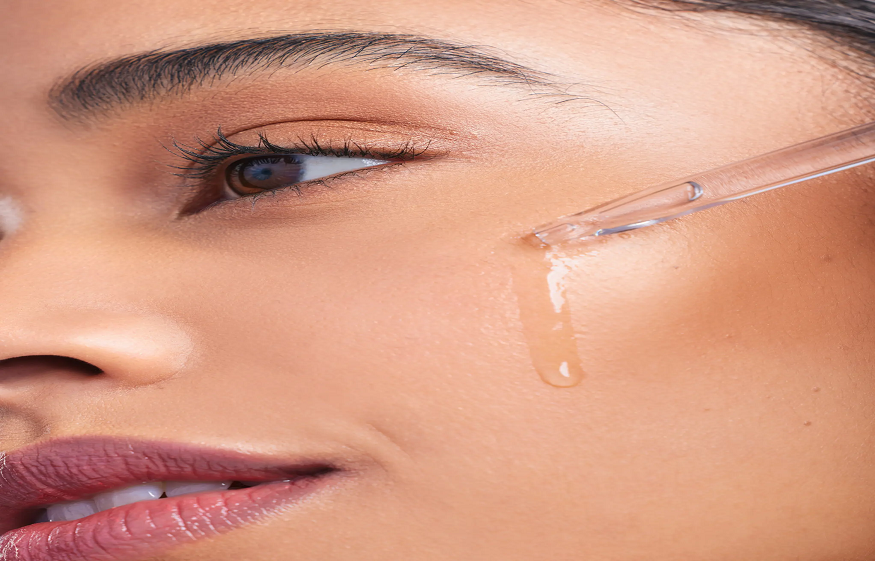Let’s be honest, there’s a lot of hype around retinol. You’ve probably seen it on skincare shelves, beauty blogs, and social media. It’s often labeled a miracle worker for everything from fine lines to glowing skin. But is it worth the buzz, especially if you’re just getting started or have sensitive, mature, or dry skin?
The simple answer is yes, make sure you use it properly. Retinol can be worth it, but it’s not a magic potion. Like most good things in skincare, results take time, consistency, and a little know-how.
So, What Is Retinol?
Retinol, a vitamin A derivative, is an essential nutrient that helps maintain healthy skin and supports the skin’s natural renewal process.
So, how does retinol work? When applied topically, it speeds up your skin’s natural cell turnover process. This means it helps shed dead skin cells more efficiently, allowing fresher, smoother skin to surface. Over time, this can reduce the appearance of fine lines, fade dark spots, even out texture, and enhance your skin’s natural glow. It also stimulates collagen production, essential for maintaining firmness and elasticity as you age.
But as powerful as it is, retinol isn’t a “more is better” ingredient. For beginners or those with sensitive skin, using it too often or starting with a strong formula can lead to redness, dryness, or peeling. That said, these can be prevented with the right approach.
Who Should Use Retinol?
If you’re dealing with early signs of aging, sun damage, or rough texture, retinol can be helpful. Even if you’re in your 20s or 30s and just want to keep your skin looking fresh and radiant, a gentle retinol product might be worth adding to your nighttime routine.
For mature skin especially, retinol can support collagen production and help soften fine lines and wrinkles over time. It’s not a facelift in a tube, but it is one of the most researched and proven ingredients for long-term skin health.
Also Read:How to Apply Retinol on Face
But Here’s What You Need to Know Before You Start
- Start Slow
This isn’t the time to go all in. Begin with a lower concentration (think 0.25% or 0.5%) and use it 2-3 times a week. Give your skin time to adjust.
- Moisturize, Moisturize, Moisturize
Retinol can be drying, especially at first. Use a rich, fragrance-free moisturizer after application or try the “sandwich method” (moisturizer, then retinol, then moisturizer again) to cushion your skin.
- Sunscreen Is a Must
Retinol makes your skin more sensitive to the sun, so daily SPF isn’t optional but essential. Protecting your skin helps maximize results and prevents irritation.
- Patience Pays Off
Don’t expect overnight miracles. Most people see noticeable improvements after 6-12 weeks of consistent use. Be consistent, and your skin will show the results over time.
If you’re unsure where to start, consider a beginner-friendly product like Olay Regenerist Retinol24 Night Serum or Cream. It contains retinyl propionate (a gentler form of retinol) and niacinamide (vitamin B3) to help improve fine lines, wrinkles, skin texture, brightness, firmness, and dark spots. Its formula penetrates up to 10 layers deep to deliver visible smoothing and a radiant glow. Use Olay daily for 28 days to experience a noticeable transformation in your skin’s appearance.
Final Thoughts
Are retinol products worth it? Without a doubt, but only if you’re willing to stick with it. When introduced slowly and paired with hydration and sun protection, retinol’s effectiveness for improving your skin’s texture, tone, and overall glow cannot be denied.
If you’re still unsure about which product to choose or how to start, consulting a dermatologist can help you create a retinol skincare routine that is safe and effective for your skin type.

